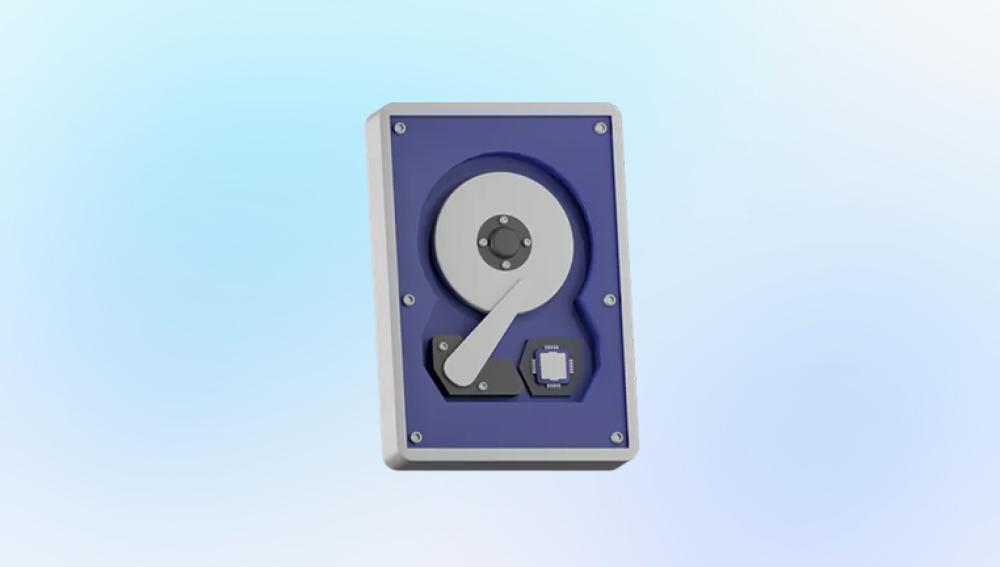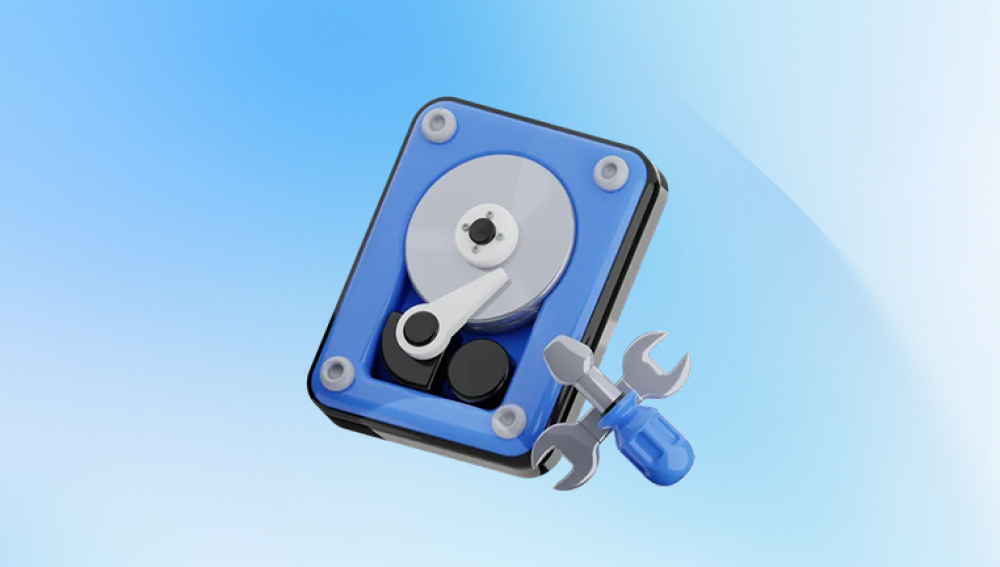External hard disk data recovery is a crucial process for retrieving lost, corrupted, or inaccessible data from external hard drives. These storage devices are widely used for backup, data transfer, and additional storage space, making data recovery vital when issues arise. This guide explores various methods and best practices for external hard disk data recovery.
Before diving into recovery methods, it’s important to understand common issues that can lead to data loss in external hard drives:
Physical Damage: Drops, water damage, and physical impacts can damage the hard drive’s components.
Logical Errors: File system corruption, accidental deletion, and formatting can render data inaccessible.
Firmware Failures: Issues with the drive’s firmware can prevent it from functioning correctly.
Mechanical Failures: Problems with internal components like the read/write head or spindle motor can lead to data loss.
Malware and Viruses: Malicious software can corrupt or delete data on the drive.

Preparation and Initial Steps
Stop Using the Drive: To prevent further damage or data overwriting, stop using the external hard drive immediately after noticing data loss.
Assess the Situation: Determine the nature of the issue (physical or logical). Physical damage often requires professional help, while logical errors might be resolved with software.
Connect to Another Device: Try connecting the external hard drive to another computer to rule out issues with the original device.
Software-Based Recovery Methods
1. Data Recovery Software
There are numerous data recovery software options available that can help retrieve lost data from external hard drives:
Recuva: A user-friendly and effective tool for recovering deleted files.
EaseUS Data Recovery Wizard: A powerful tool capable of recovering data from various scenarios, including formatting and partition loss.
Stellar Data Recovery: Known for its comprehensive recovery capabilities, including dealing with corrupted files.
Steps for Using Data Recovery Software
Download and Install: Download the chosen data recovery software from a reputable source and install it on a different drive to avoid overwriting lost data.
Scan the Drive: Connect the external hard drive and run a deep scan using the software to locate lost files.
Preview and Recover: Preview the recoverable files and select the ones you want to restore. Save the recovered files to a different drive.
2. Check Disk Utility
Operating systems often come with built-in utilities for checking and repairing disk errors:
Windows Check Disk (CHKDSK): Can fix file system errors and recover readable information.
Mac Disk Utility: Can repair disk permissions and file system structures.
Steps for Using Check Disk Utility
Windows: Open Command Prompt and type chkdsk /f /r X: (replace X with your drive letter) to scan and repair the drive.
Mac: Open Disk Utility, select the external hard drive, and click on “First Aid” to repair the disk.
3. Command-Line Recovery
For advanced users, command-line tools can be highly effective:
TestDisk: A free and open-source tool for recovering lost partitions and making non-booting disks bootable again.
PhotoRec: A companion tool to TestDisk, designed for file recovery from hard disks and other storage devices.
Steps for Using TestDisk
Download and Install: Install TestDisk from its official website.
Run TestDisk: Open the command line, navigate to the TestDisk directory, and run the application.
Analyze the Drive: Follow the on-screen instructions to analyze the drive and recover lost partitions or files.
Hardware-Based Recovery Methods
1. Freezing the Drive
For drives with mechanical issues, freezing the drive temporarily can sometimes allow for short-term access to retrieve data:
Seal the Drive: Place the drive in a sealed plastic bag to prevent moisture from entering.
Freeze the Drive: Leave the drive in the freezer for a few hours.
Quickly Access and Copy Data: Connect the drive and quickly copy as much data as possible before it heats up again.
2. Professional Data Recovery Services
For severe physical damage, professional data recovery services are often the best option:
Choose a Reputable Service: Look for certified and experienced data recovery services.
Send the Drive: Ship the drive to the service provider for a detailed assessment.
Recovery Process: Technicians will use specialized tools and cleanroom environments to recover data.
Preventative Measures
Preventing data loss is equally important as knowing how to recover it:
Regular Backups: Regularly back up data to multiple locations, including cloud storage and other external drives.
Safe Handling: Handle external hard drives with care to avoid physical damage.
Antivirus Software: Use reliable antivirus software to protect against malware and viruses.
Proper Ejection: Always safely eject external hard drives to prevent file system corruption.
External hard disk data recovery can be a complex process, but understanding the methods and tools available can significantly increase the chances of successful recovery. By following the steps outlined above and taking preventative measures, you can protect your valuable data and minimize the risk of data loss in the future.




